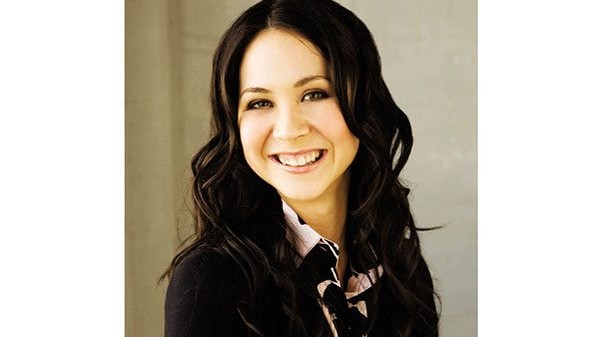Police powers to target fleeing drivers

When a driver decides to flee a scene, it can have significant consequences for them, their family and friends, the public and the police. More enforcement power against fleeing drivers is on the cards for the police.
The current police-fleeing driver policy prioritises safety over the immediate apprehension of a fleeing driver. Therefore, the police need to ensure that their response to drivers who choose to flee is appropriate and proportionate to the level of risk they pose and is as safe as possible.
However, the current police pursuit policy, released in December 2020, is now under review due to the dramatic increase in fleeing drivers. There is concern that the policy has wrongly given the impression that police cannot pursue fleeing drivers in any circumstances, which appears to have led to a change in offenders’ behaviour. The revised framework will aim to provide clarity for officers as to when a pursuit may be justified and result in more instances where police would be able to pursue offenders.
The statistics
Between 2010 and 2020, 75 people died in police chases and two in incidents when the police did not pursue them. In December 2020, after a major review, staff were told a pursuit was only justified when the threat posed by the vehicle before failing to stop, and the necessity to apprehend the driver and/or passengers immediately, outweighed the risk of harm created by the pursuit.
In the nearly two years since then, there have been no deaths during pursuits, while four people died in incidents after fleeing from police.
Meanwhile, over the same period, incidents of drivers fleeing increased to 9499 in the 12 months ending November 2022, from 4846 in the 12 months prior. The number of incidents where the offender was not immediately identified nearly tripled, from 2419 to 6412, while those being held accountable remained relatively steady, moving from 3374 to 3484.
These statistics suggest that there needs to be a balance between preserving public safety and ensuring the police can apprehend people who are breaking the law.
Legislative changes
In addition to reviewing the police pursuit policy, the government has announced that the police will be given greater enforcement power when dealing with fleeing drivers. These changes build on the Criminal Activity Intervention Legislation Bill, which is before the Select Committee. It is hoped that the harsher punishments proposed will deter drivers from fleeing as this sort of behaviour can put others’ lives at risk and lead to death and injury on our roads.
The proposed changes are as follows:
1. Increasing the maximum disqualification period for a second offence of failing to stop or remaining stopped from 12 months to between 12 and 24 months.
2. Amending the Sentencing Act 2002 so that a vehicle can be forfeited on conviction for failing to stop and permanently removed from an offender without them receiving any proceeds from the vehicle’s sale.
3. Allowing the police to impound a vehicle for 28 days if the owner fails, refuses, or provides false or misleading information about the driver’s identity from a fleeing-driver event. There is a safeguard to return a vehicle if the owner proves it had been stolen at the time it was impounded.
Will these changes stop fleeing drivers?
It is hoped that these harsher penalties will influence an offender not to commit the crime because they’re more likely to get caught and lose their vehicle. While the balance may not be quite right now, it is hard to ignore the fact that has been no deaths since the December 2020 policy was implemented. Going back to a situation where people are dying because of fleeing-driver incidents is clearly undesirable, so it cannot be said that the current policy is a failure.
Children’s commissioner Judge Frances Eivers believes that the benefit of pursuits “are far outweighed by the risk to innocent bystanders, other road users, police personnel involved as well as the drivers themselves”, and I tend to agree.



